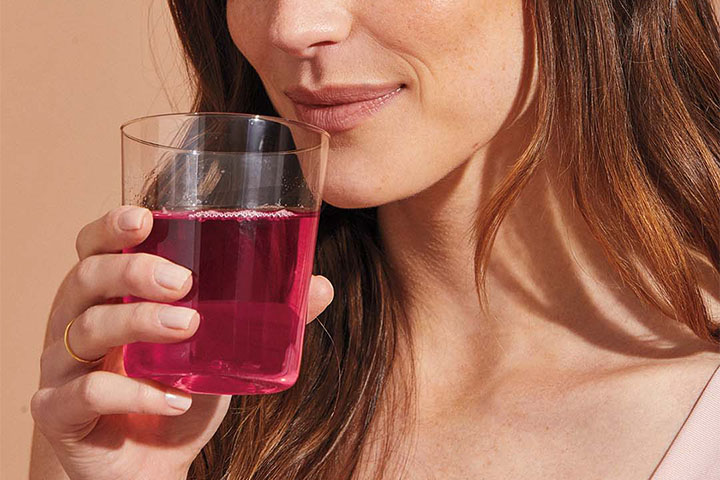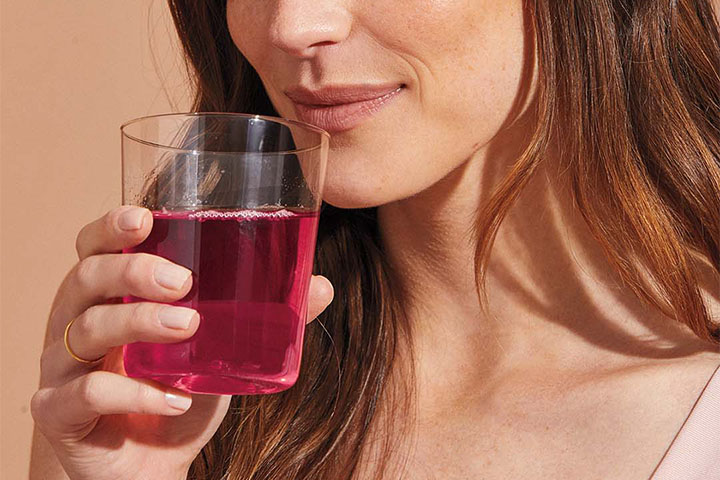We all want radiant skin, but achieving it is a process that requires dedication and effort. There are many steps to take to get there, and some of them might not be what you expect.

Radiant skin is an ongoing process, and it takes a lot of work to maintain. It is important to know the basics of how to achieve radiant skin and how to keep it.

I was not born a foodie. My love of, respect for, and fascination with food and its health-giving properties are something I had to come around to – or back to. Variety is key.
By Frances Largeman-Roth, RDN, nutrition expert, author and AVON Wellness Ambassador
What do I need to do to have glowing skin?
Having skin that glows is something that everyone covets, no matter their age. The good news is that lit-from-within look isn’t just for wrinkle-free twenty-year-olds. It’s something you can achieve by taking care of your skin from within. So let’s go glow getters, school is in session!
Water:
Moisture is essential to glowy skin, from the outside, and from the inside. We can hydrate by drinking water of course, but tea, juice, and yes-coffee–also count. And the foods we eat also contribute to our water intake. All produce contains water, and melon, berries, peppers, tomatoes, grapes, and lettuce are superstars. Try getting more of these foods in your diet for skin that looks hydrated.


I know that plain water gets boring. I love adding a packet of re:tune Inner Beauty Hydration to my water bottle because it adds a light berry flavor, plus electrolytes, B vitamins, and antioxidants.
Beta-carotene:
What do mango, apricots, carrots, kale, and butternut squash have in common? They are all loaded with beta-carotene! Beta-carotene is a form of vitamin A that helps protect the skin from UV damage and pollution. You still need to wear your sunscreen of course but think of these plant foods as adding an extra layer of protection.
Vitamin C:
There’s a reason that Avon has a whole line of vitamin C products! This is one powerful antioxidant when it comes to anti-aging.


Vitamin C helps stimulate collagen production in the skin, which helps you retain that youthful-looking glow. Top foods for vitamin C include bell peppers, strawberries, kiwi fruit, broccoli, citrus fruits, and kale.
Vitamin E:
This skin saver is also an antioxidant, so it helps fight free-radical damage, which is one source of skin aging. Vitamin E is fat-soluble, which means you need some healthy fat (see below) to absorb it. You’ll find vitamin E in almonds, peanuts, sunflower seeds, pumpkin, asparagus, and avocado.
Collagen:
Collagen is a protein that makes up our skin, tendons, cartilage, and connective tissue. It’s literally what holds us together. And it’s also the stuff that makes our skin appear plump and youthful. The components of collagen, the amino acids proline, glycine, and lysine, can be found in certain food sources.


Top picks include bone broth, seafood, egg whites, and chicken. (Remember, getting enough vitamin C-rich foods is essential for the formation of collagen.) While collagen production starts to decrease as we age, the good news is that supplemental collagen can also help replace what your body isn’t making anymore.
AVON’s re:tune Collagen Booster is a powder that can easily be stirred into your morning coffee or smoothie. It’s unflavored, so you can really add it to anything–even your yogurt or bowl of oatmeal.
Healthy fats:
Good fats aren’t just smart for your heart, they’re also good for your skin. Healthy fats, like the ones found in nuts, seeds, avocados, salmon, and olive oil help keep your skin moisturized. If you cut too much fat from your diet, you’ll notice that it becomes dull and dry. Sprinkle sources of healthy fat into your diet throughout the day. Try adding some walnuts to your oatmeal or a few avocado slices to your salad or sandwich.


Getting your glow back can start with your next snack. What are you waiting for? Pack your diet full of these delicious, healthy foods and start looking and feeling your best!
How do you get glowing skin all year?

- Share the Love: Avon’s Valentine’s Day Gift Guide for Everyone in Your Life
- Get Your Glow On: Experience Radiant Skin with Anew Vitamin C Glow Body Scrub
- Unwrap the Glam: Create Your Best Holiday Look with fmgt Eye Moment Palettes
- Give Your Lips the Love They Deserve: fmg Love Lip Butter
- Renew and Elevate: Embrace Radiant Eyes with The Crème Shop’s Transformative Eye Crèmes

Leave a comment